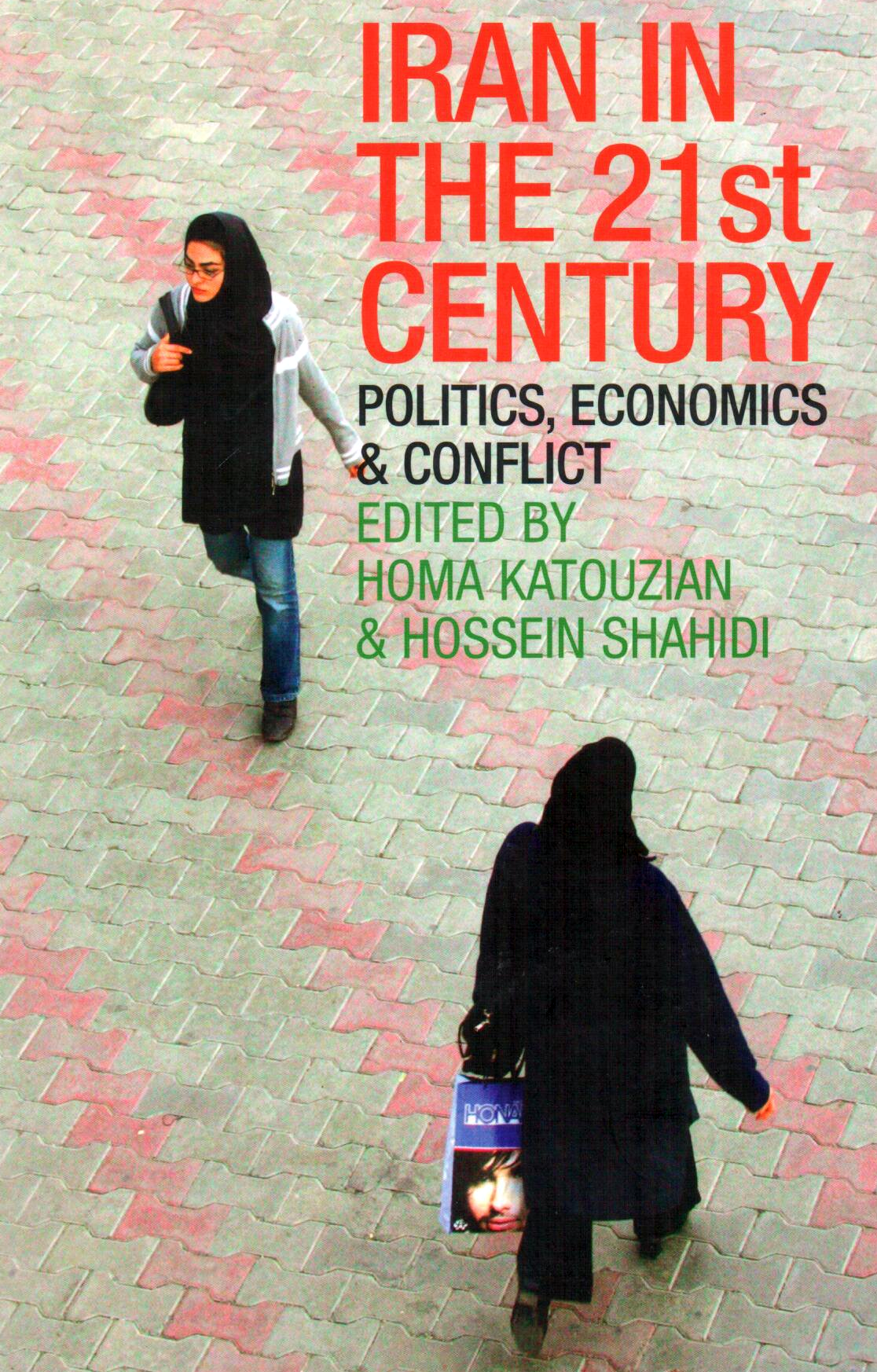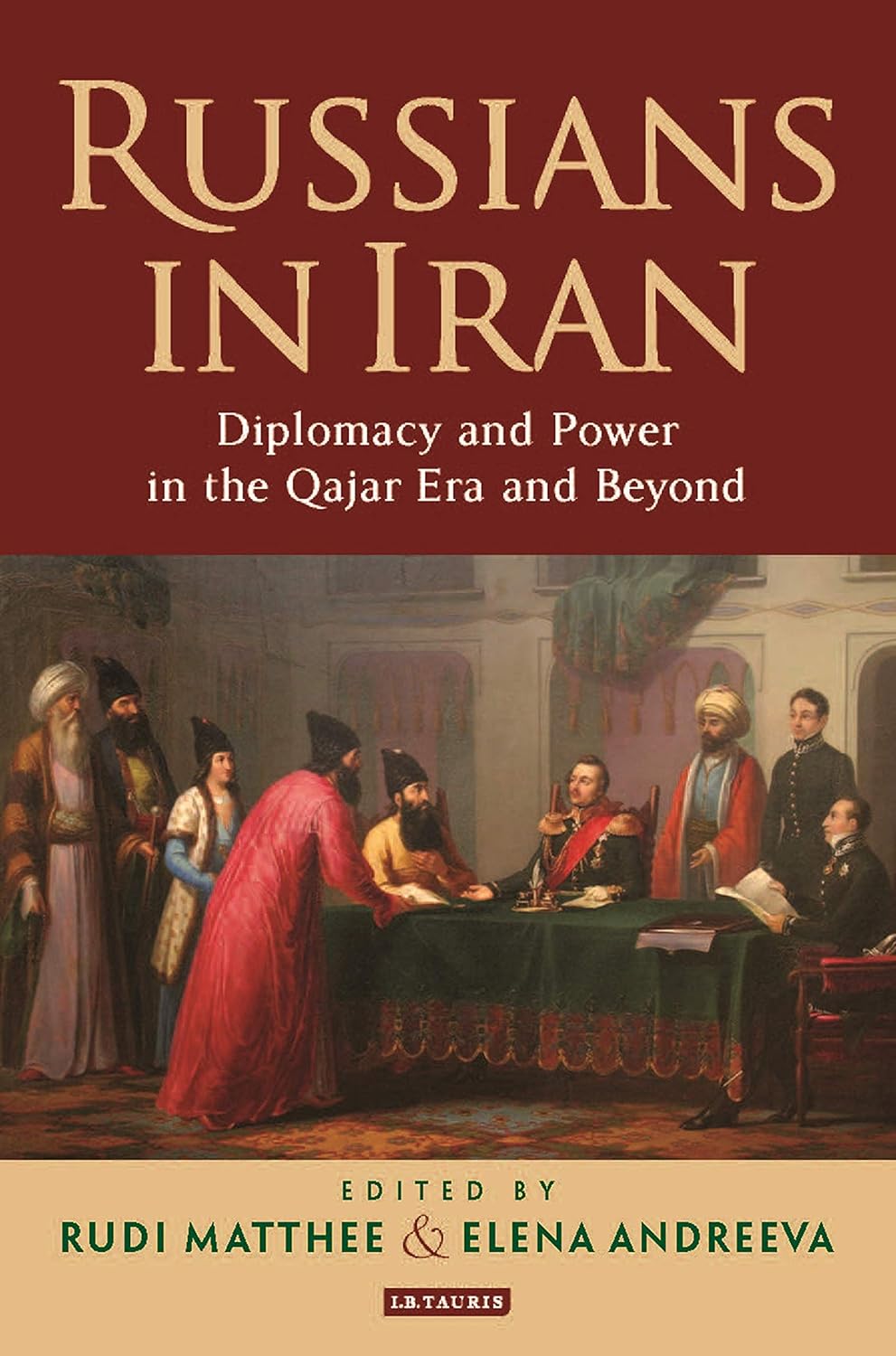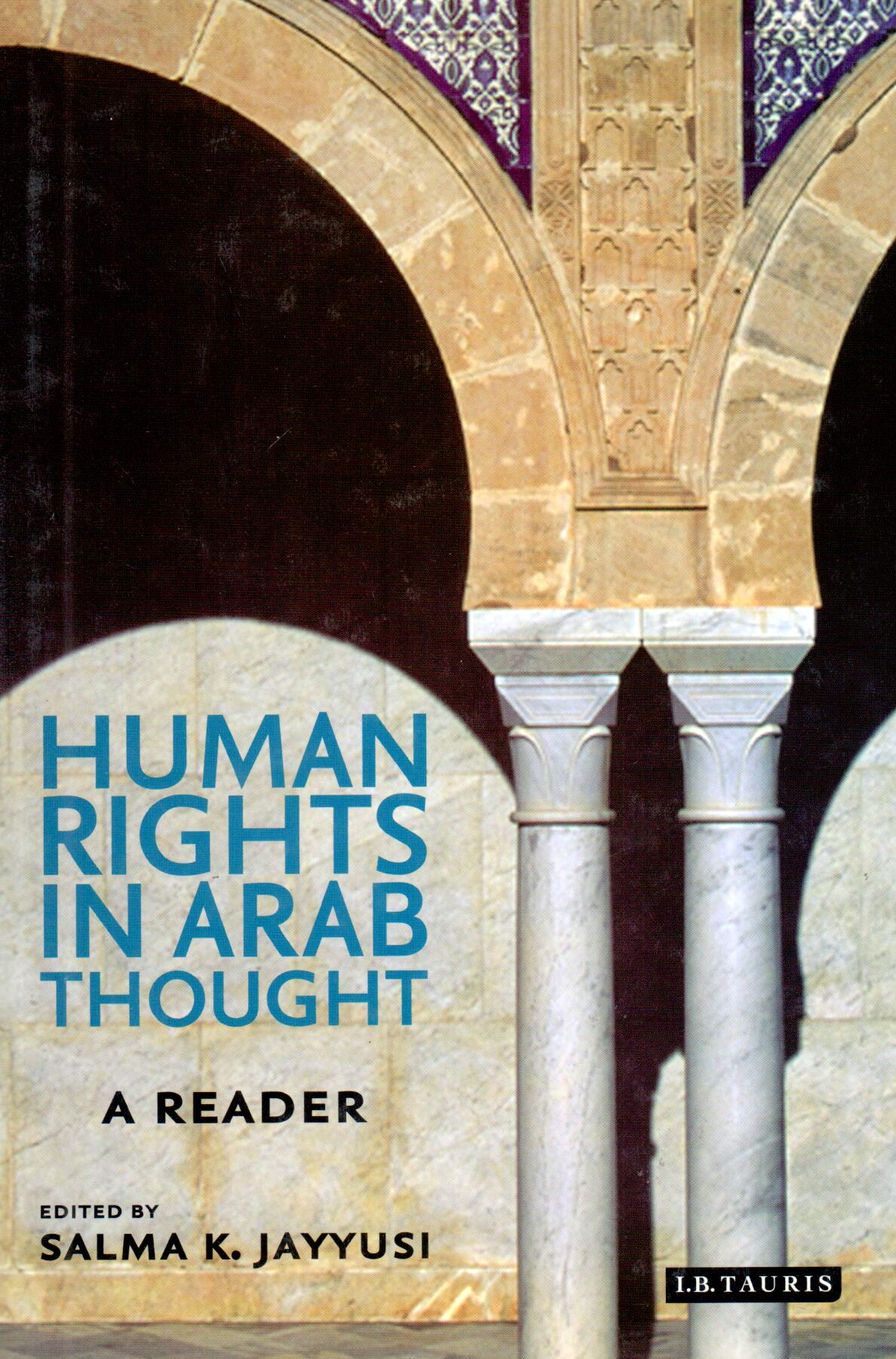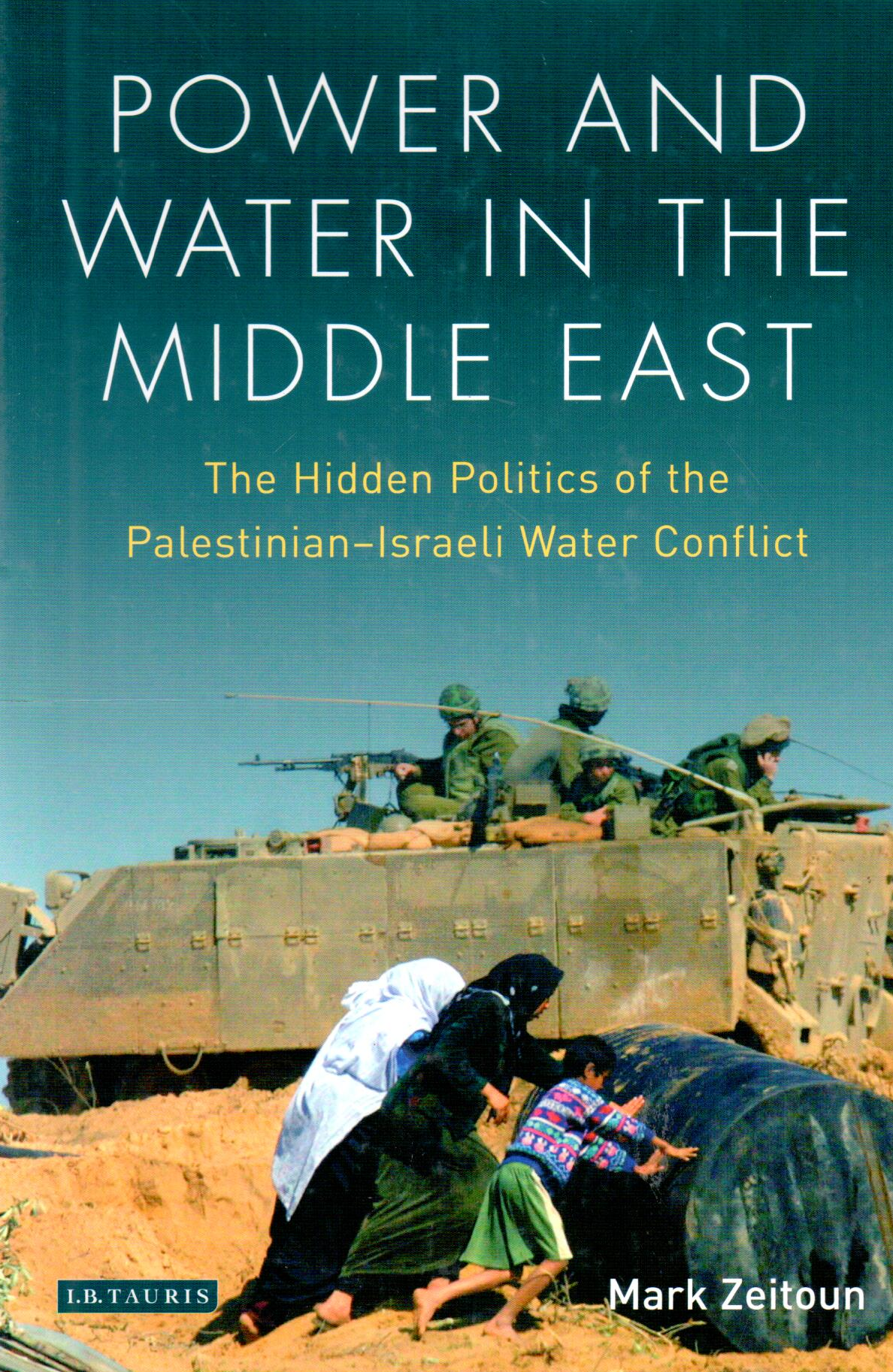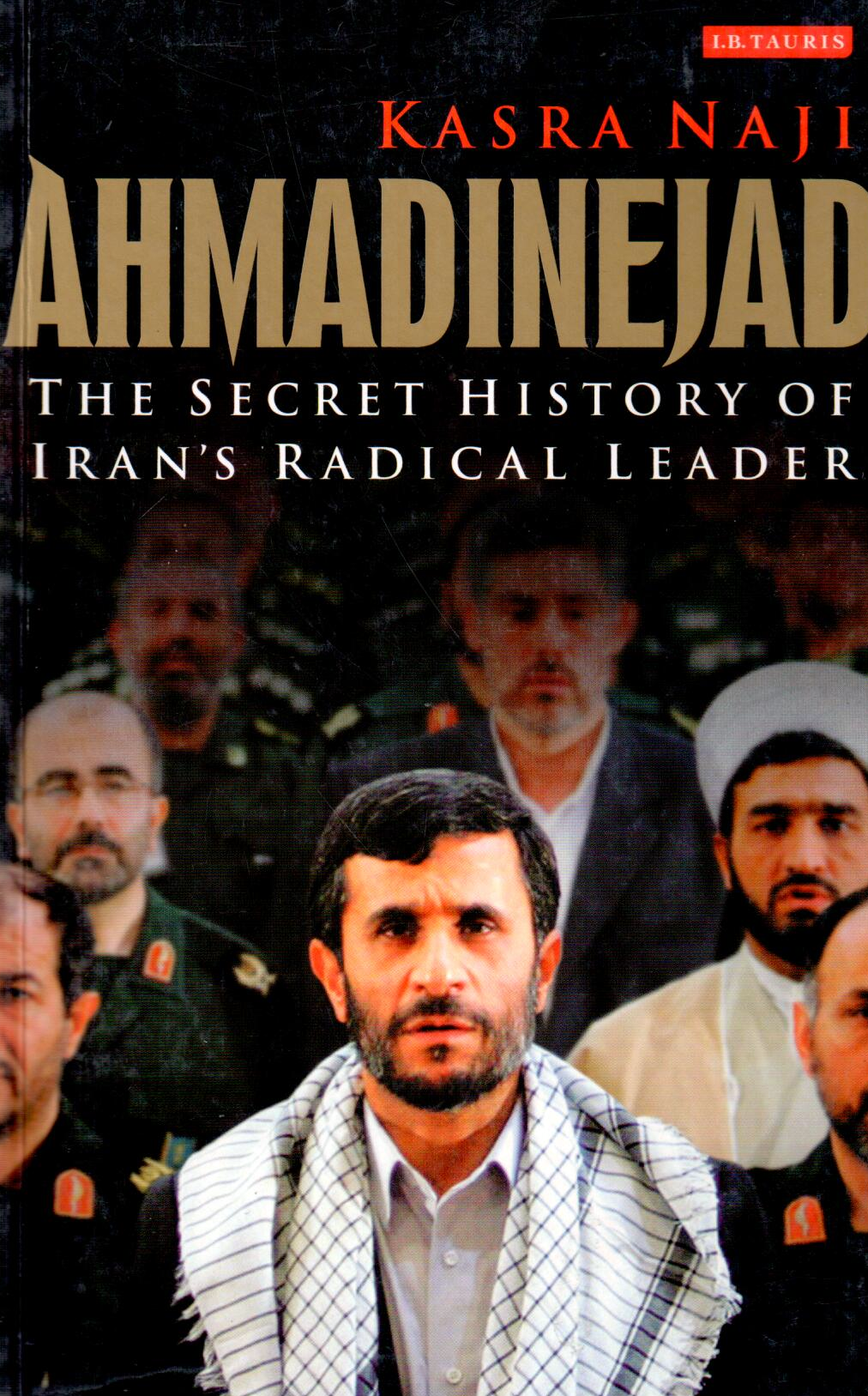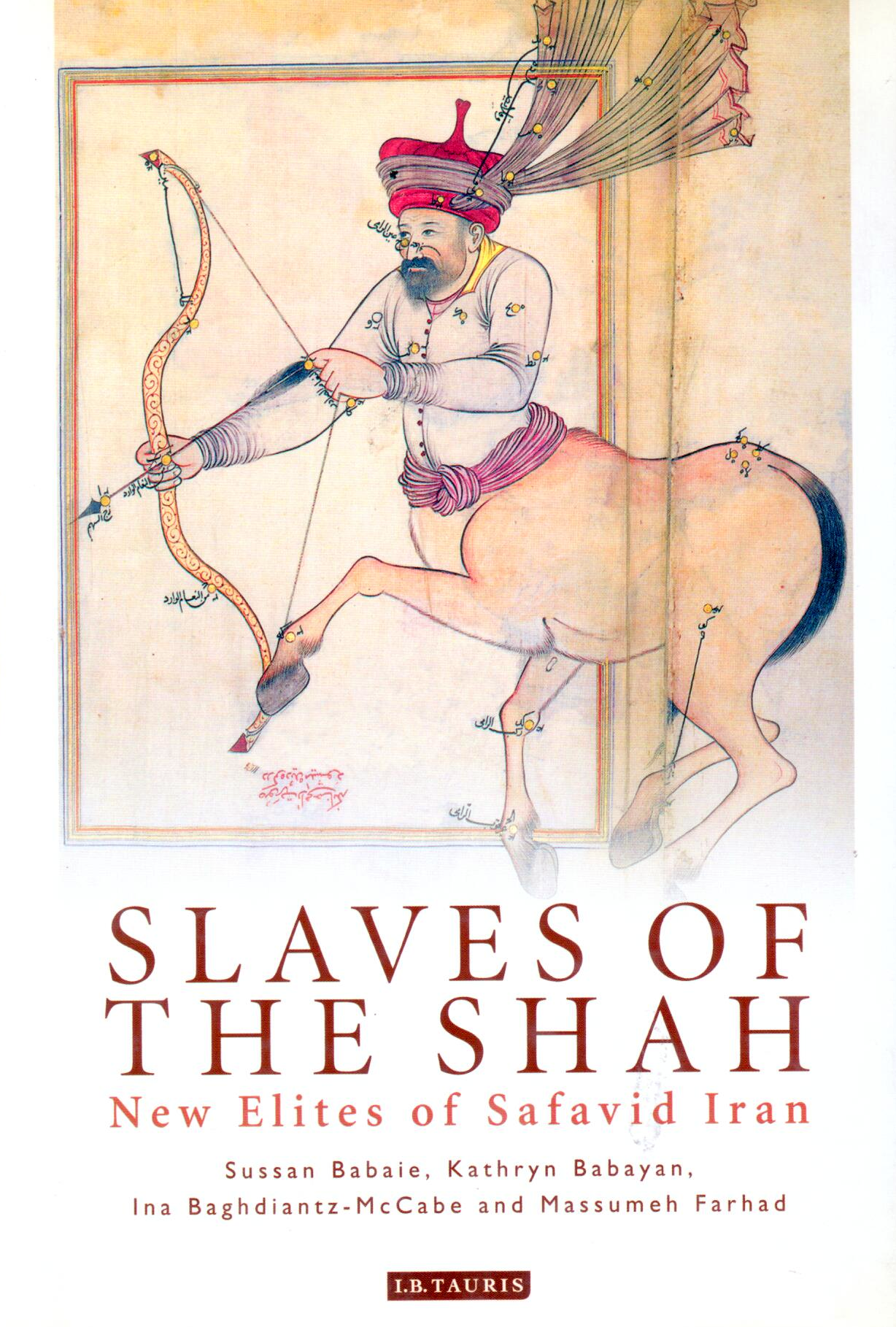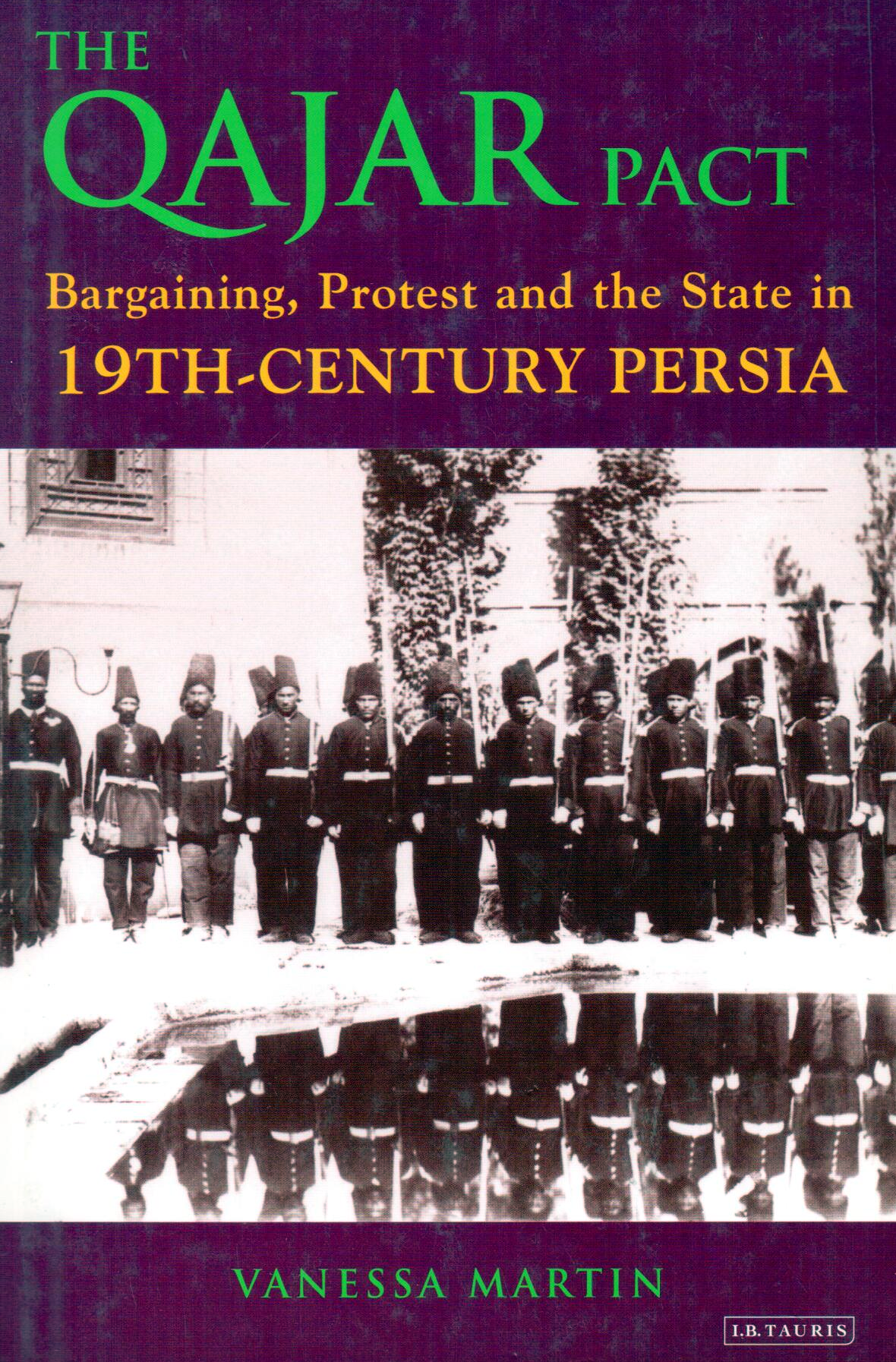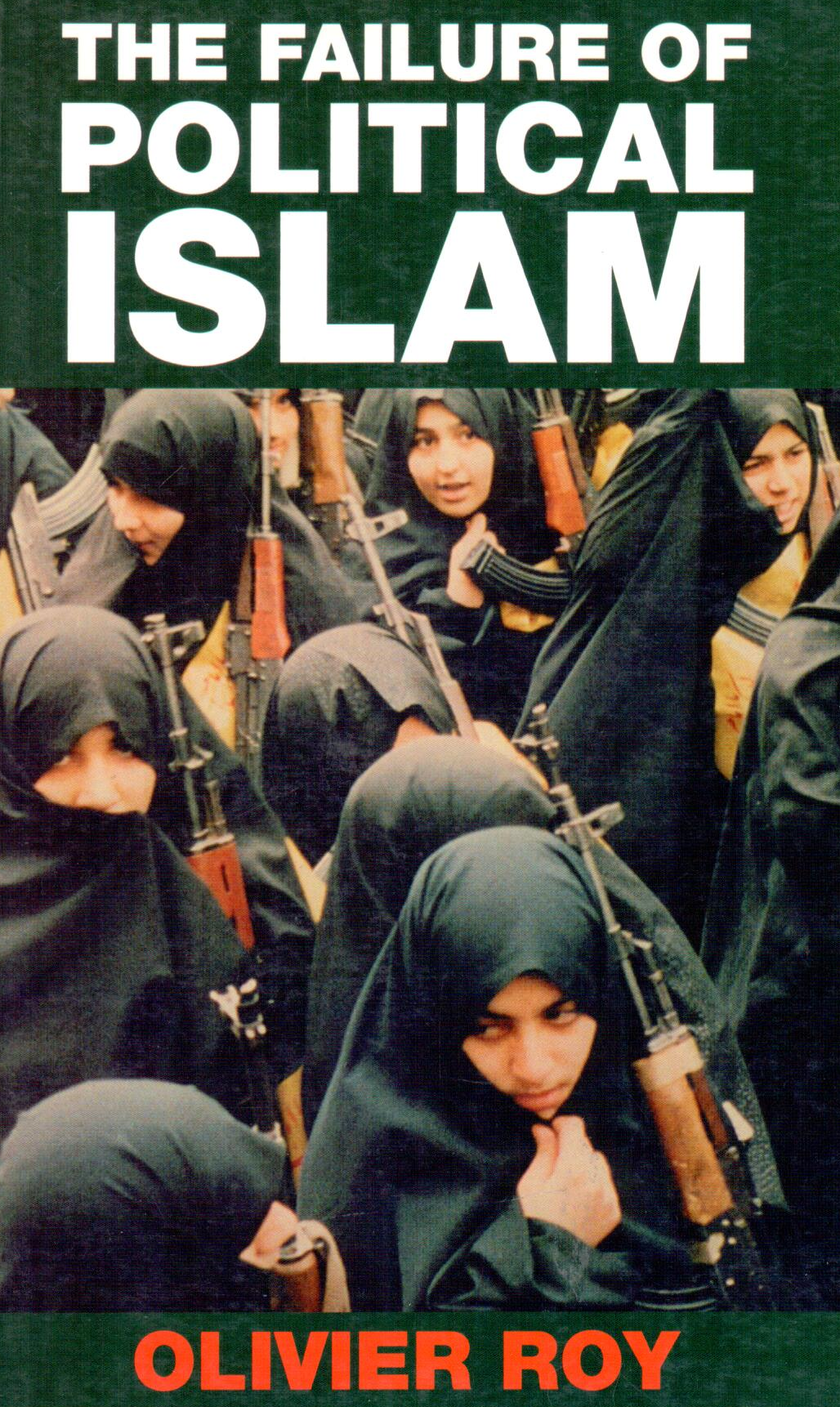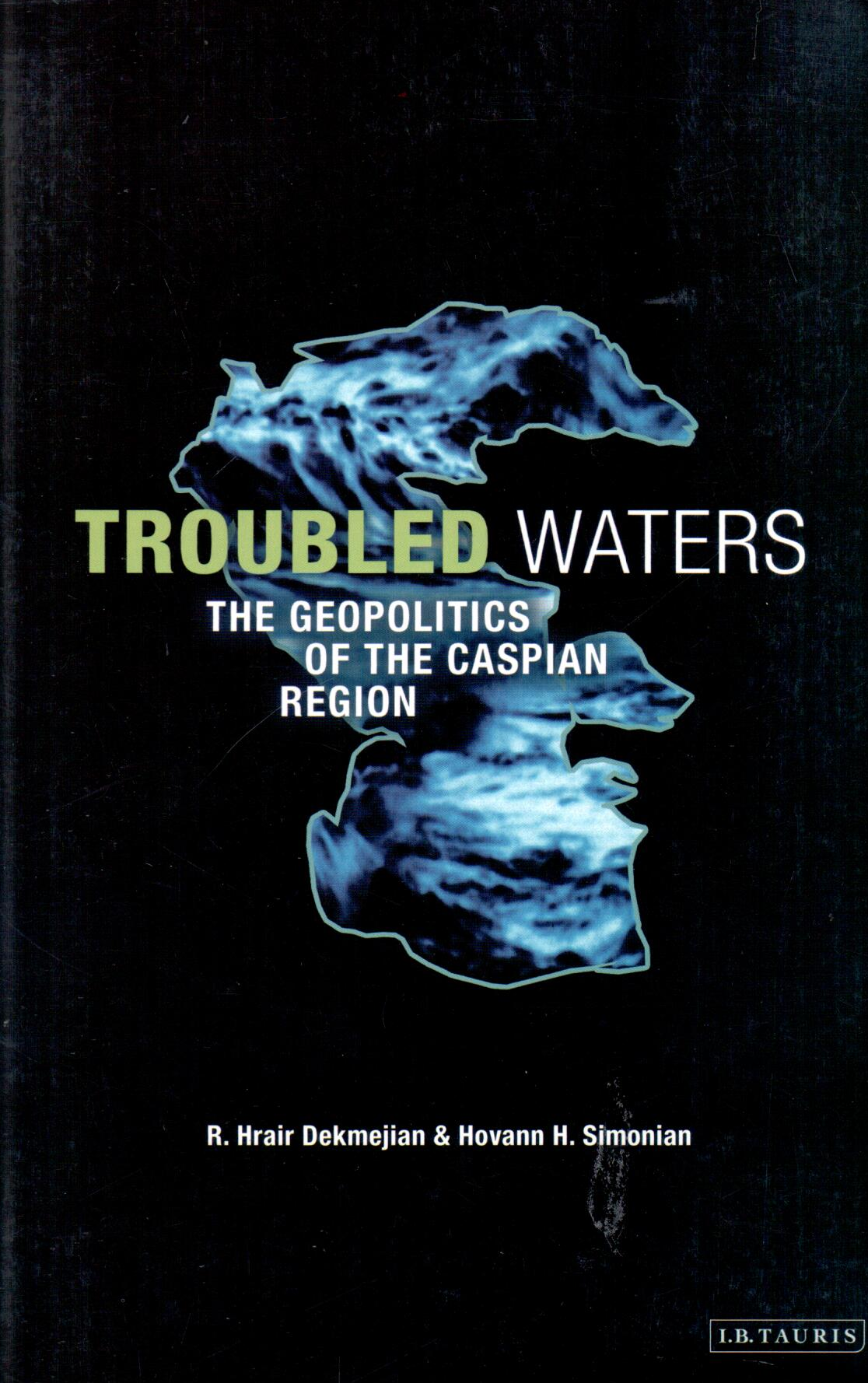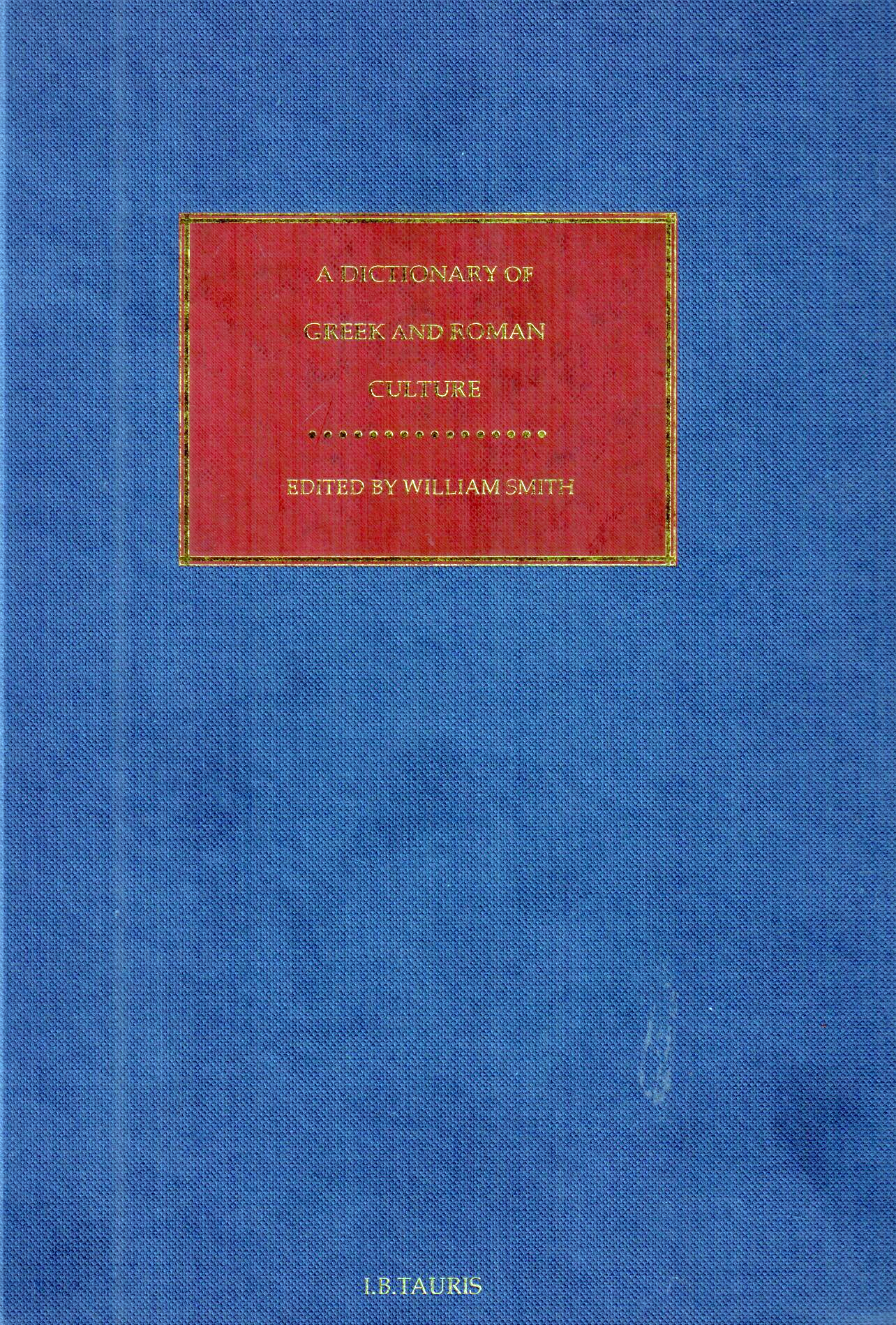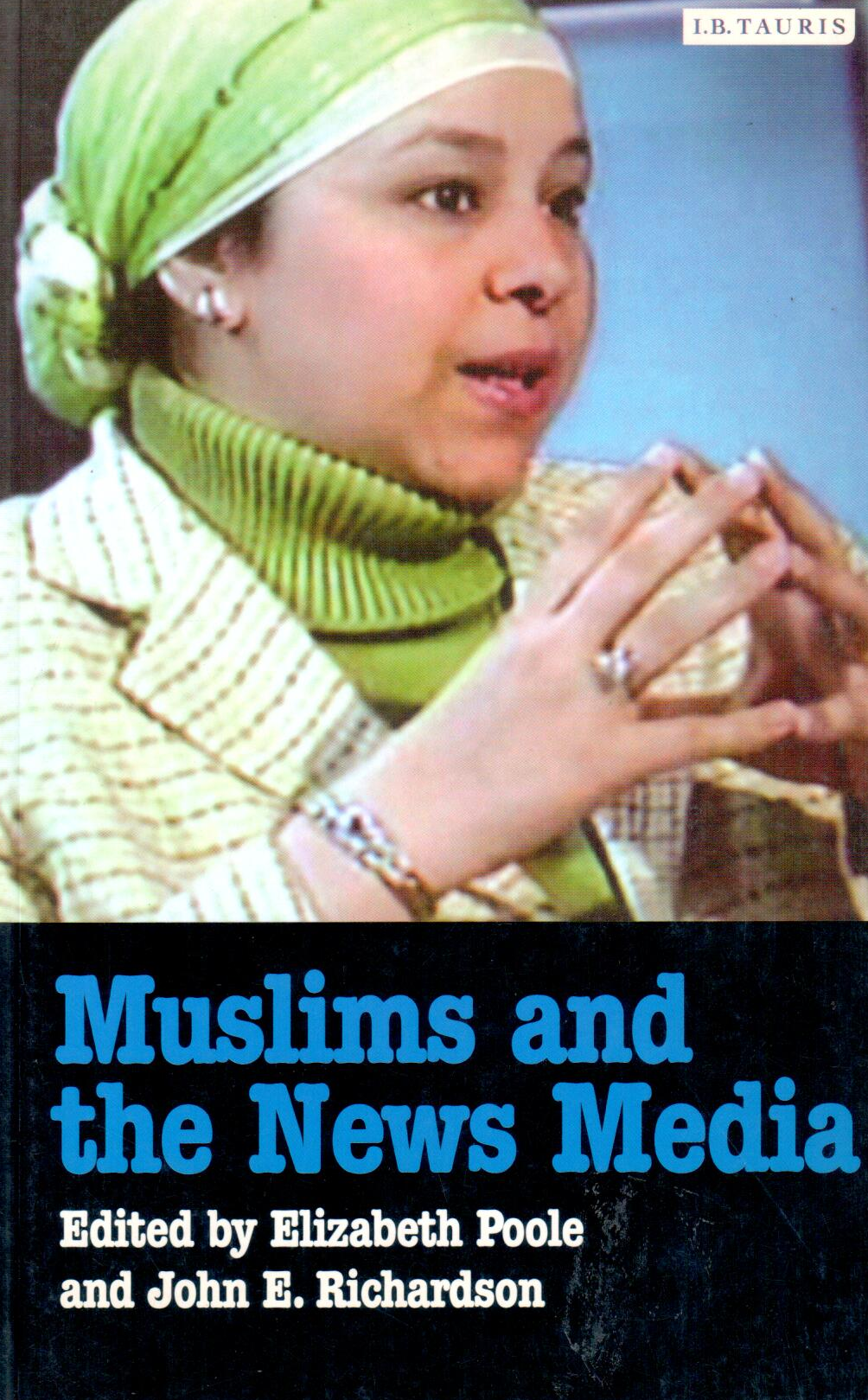Sadeq Hedayat: The Life and Legend of an Iranian Writer انگلیسی 1380
Sadeq Hedayat: The Life and Legend of an Iranian Writer
25٫48 $
اشتراکگذاری
Wishlist
شابک:
1860644139
ناشر:
I.B. Tauris
گروه سنی:
بزرگسال
صفحات:
306
وزن:
390 g
ابعاد:
14 x 21 x 2٫14 cm
جلد کتاب:
شومیز
Iranian short-story writer, novelist, playwright, and essayist, the most important Persian author of the 20th century. Hedayat's short stories reflect his deeply pessimistic world view and his love for the heritage of his country. His most famous tale is The Blind Owl (1937). Hedayat died tragically in Paris in 1951.
"What is love? For the rabble love is a kind of variety, a transient vulgarity; the rabble's conception of love is best found in their obscene ditties, in prostitution and in the foul idioms they use when they are halfway sober, such as "shoving the donkey's foreleg in mud," or "putting dust on the head." My love for her, however, was of a totally different kind. I knew her from ancient times--strange slanted eyes, a narrow, half-open mouth, a subdued quiet voice. She was the embodiment of all my distant, painful memories among which I sought what I was deprived of, what belonged to me but somehow I was denied. Was I deprived forever?" (from 'The Blind Owl' trans. by Iraj Bashiri)
Sadeq Hedayat was born in 1903 into a family of influential landowners - among his ancestors were many prominent men of letters and statesmen. Hedayat was educated in Tehran, France and
more
Iranian short-story writer, novelist, playwright, and essayist, the most important Persian author of the 20th century. Hedayat's short stories reflect his deeply pessimistic world view and his love for the heritage of his country. His most famous tale is The Blind Owl (1937). Hedayat died tragically in Paris in 1951.
"What is love? For the rabble love is a kind of variety, a transient vulgarity; the rabble's conception of love is best found in their obscene ditties, in prostitution and in the foul idioms they use when they are halfway sober, such as "shoving the donkey's foreleg in mud," or "putting dust on the head." My love for her, however, was of a totally different kind. I knew her from ancient times--strange slanted eyes, a narrow, half-open mouth, a subdued quiet voice. She was the embodiment of all my distant, painful memories among which I sought what I was deprived of, what belonged to me but somehow I was denied. Was I deprived forever?" (from 'The Blind Owl' trans. by Iraj Bashiri)
Sadeq Hedayat was born in 1903 into a family of influential landowners - among his ancestors were many prominent men of letters and statesmen. Hedayat was educated in Tehran, France and
more



